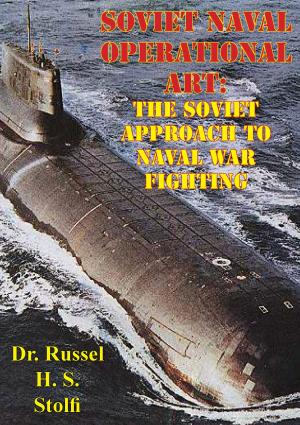To Save A City: The Berlin Airlift, 1948-1949 [Illustrated Edition]
Nonfiction, History, Germany, European General, Military, United States| Author: | Roger G. Miller | ISBN: | 9781786252487 |
| Publisher: | Tannenberg Publishing | Publication: | November 6, 2015 |
| Imprint: | Tannenberg Publishing | Language: | English |
| Author: | Roger G. Miller |
| ISBN: | 9781786252487 |
| Publisher: | Tannenberg Publishing |
| Publication: | November 6, 2015 |
| Imprint: | Tannenberg Publishing |
| Language: | English |
Includes 30 Illustrations
In this expert survey Air Force Historian Robert Miller explores the Epic story of the Berlin Airlift, the confrontation of Democracy and Communism as the world teetered on the brink of the Third World War.
The Berlin blockade (24 June 1948;–12 May 1949) was one of the first major international crises of the Cold War. During the multinational occupation of post–World War II Germany, the Soviet Union blocked the Western Allies’ railway, road, and canal access to the sectors of Berlin under allied control. The Soviets offered to drop the blockade if the Western Allies withdrew the newly introduced Deutschmark from West Berlin. In response, the Western Allies organised the Berlin airlift to carry supplies to the people in West Berlin. Aircrews from the United States Air Force, the British Royal Air Force, the Royal Canadian Air Force, the Royal Australian Air Force, the Royal New Zealand Air Force, and the South African Air Force flew over 200,000 flights in one year, providing up to 8,893 tons of necessities daily, such as fuel and food, to the Berliners. Neither side wanted a war; the Soviets did not disrupt the airlift.
By the spring of 1949 the airlift was clearly succeeding, and by April it was delivering more cargo than had previously been transported into the city by rail. On 11 May 1949, the USSR lifted the blockade of West Berlin. The Berlin Crisis of 1948–1949 served to highlight competing ideological and economic visions for post-war Europe, particularly Germany. The clash ultimately led to the division of that country into East and West and to the division of Berlin itself.
Includes 30 Illustrations
In this expert survey Air Force Historian Robert Miller explores the Epic story of the Berlin Airlift, the confrontation of Democracy and Communism as the world teetered on the brink of the Third World War.
The Berlin blockade (24 June 1948;–12 May 1949) was one of the first major international crises of the Cold War. During the multinational occupation of post–World War II Germany, the Soviet Union blocked the Western Allies’ railway, road, and canal access to the sectors of Berlin under allied control. The Soviets offered to drop the blockade if the Western Allies withdrew the newly introduced Deutschmark from West Berlin. In response, the Western Allies organised the Berlin airlift to carry supplies to the people in West Berlin. Aircrews from the United States Air Force, the British Royal Air Force, the Royal Canadian Air Force, the Royal Australian Air Force, the Royal New Zealand Air Force, and the South African Air Force flew over 200,000 flights in one year, providing up to 8,893 tons of necessities daily, such as fuel and food, to the Berliners. Neither side wanted a war; the Soviets did not disrupt the airlift.
By the spring of 1949 the airlift was clearly succeeding, and by April it was delivering more cargo than had previously been transported into the city by rail. On 11 May 1949, the USSR lifted the blockade of West Berlin. The Berlin Crisis of 1948–1949 served to highlight competing ideological and economic visions for post-war Europe, particularly Germany. The clash ultimately led to the division of that country into East and West and to the division of Berlin itself.
![Cover of the book To Save A City: The Berlin Airlift, 1948-1949 [Illustrated Edition] by Roger G. Miller, Tannenberg Publishing](https://www.kuoky.com/images/2015/november/500x500/9781786252487-Adty_500x.jpg)


![Cover of the book Airborne Operations In World War II, European Theater [Illustrated Edition] by Roger G. Miller](https://www.kuoky.com/images/2015/november/300x300/9781786252975-y4Y7_300x.jpg)

![Cover of the book Operation Thursday: Birth Of The Air Commandos [Illustrated Edition] by Roger G. Miller](https://www.kuoky.com/images/2015/november/300x300/9781786252494-RzRY_300x.jpg)









